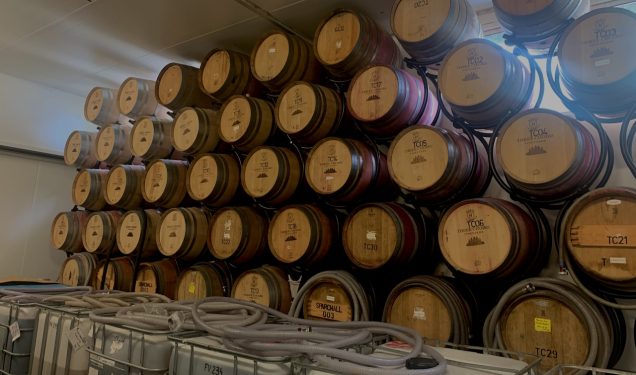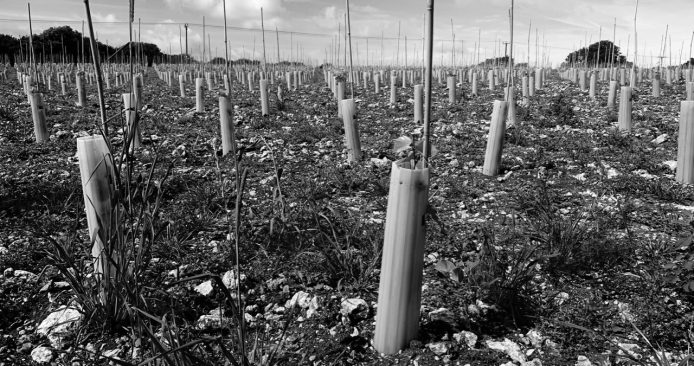Your Mini Basket
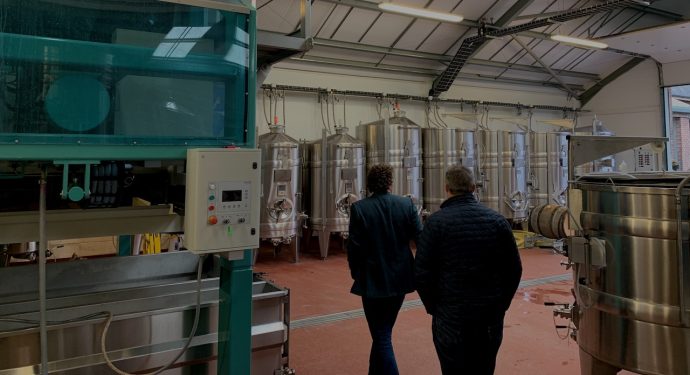
Why all the fuss about English Wine?
David explains our focus on the wines of England and Wales and some of our exciting upcoming projects.
Building on the momentum of English Wine
One of the most exciting trends of the past three years has, for us, been the huge leap in consumer interest in English and Welsh wine. Our friend in the industry has written a balanced view of the challenges and opportunities for English wine but we want to reflect on our own journey, and explain why we are accelerating our investment in the local wine industry.
Over-acidic, over-priced and over-estimated?
Back in early 2017, when I was first finding my feet in the wine world, consumer interest in English wine was low... Excruciatingly low even, with perhaps just a handful of customers enquiring about them every few months. They appeared to have little intent to purchase any English wine and were more likely seeking re-assurance that, if you have any taste, they should be given a wide berth.
Wines were labelled as over-acidic, over-priced and over-estimated with just a handful of producers managing to hold their own amongst the sea of more established alternatives from both the old and new world. When these wines were inevitably compared and price differences noted with suspicion, the consumer perhaps expecting their perceived bravery in choosing an English wine to be rewarded by a lower price point. Many were disappointed that the combination of vintage variation challenges and small scale production rendered this impossible.
Fast forward three years and today I’d estimate that we are asked to direct customers to our English wine range several times per week, with the customers already armed with a depth of knowledge on individual producers and wines, self-educated through numerous weekly press and social media articles on award-winning English wines. Whisper it softly but the phrase ‘it’s not bad for an English wine’ or ‘I’m not buying an English wine at that price’ is rarely heard these days within the four walls of our shop.
The turning point
In many ways we live and breathe the subject of wine whether we’re at home or at work, but going into 2019 we felt we had a lack of understanding when it came to English wine. It was perhaps too easy for us to agree with customers who berated the price point versus more established alternatives from France, Spain or Italy. In addition, with the exception of the excellent examples from Camel Valley, we had rarely been given the opportunity to sample high quality wines produced within our own shores. Being honest, we probably didn’t really go looking for them either.
For us, like many other wine merchants, the catalyst for change was the outstanding summer of 2018. We felt that if there was ever a turning point for consumer perception and engagement, it would follow what has been termed “the vintage of the century” – where the climatic conditions even in the cooler parts of the UK, enabled grapes to reach full phenolic ripeness, balancing the searing acidity which troubled and deterred potential consumers from shopping local.
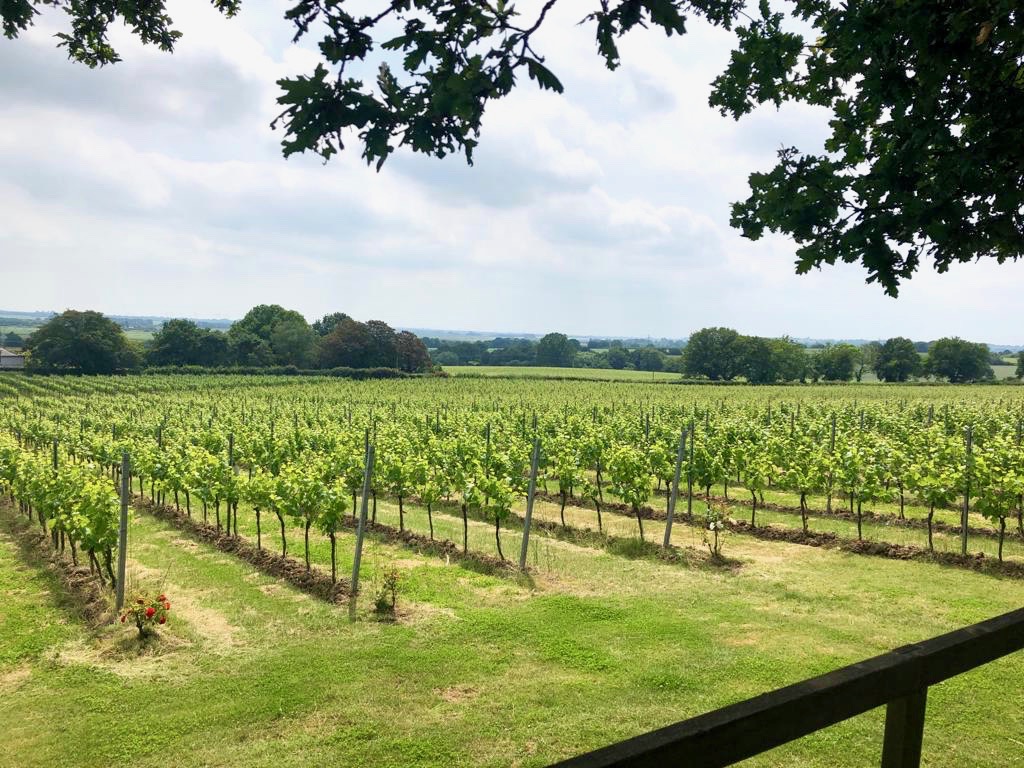
Boot Hill vineyard, Gusbourne Estate
In the spring of 2019 we embarked on a journey to visit a number of UK vineyards, from Sharpham in Devon to Oxney Estate in Kent, to better understand the challenges faced by the industry and seek out any new lines which would merit a place on our shelves. We ended up visiting over twenty vineyards and spoke to vineyard managers, wine-makers and owners. We returned educated, excited and energised by what we had witnessed and, most importantly, sampled.
It was no secret that traditional method English Sparkling could stand tall amongst it’s European counterparts, but we discovered a number of still wines and pet-nats; light; fresh, full of energy and vibrancy, which we felt consumers would enjoy – they just needed a platform to present themselves.
Accelerating our investment in English
Between the summer of 2019 and the end of 2020, we took our range of English and Welsh wines from a measly two bottles to a competitive range of seventy-five lines. We now have plans to DOUBLE this range in the next few months. So why are we investing our time and money in a part of the wine-world which is just finding its feet and where consumer demand is yet to mature?
Well, firstly, I should point out that we’re not the chest-beating, flag-waving cheerleaders of English wine. I’d like to think that we take a balanced view. Yes, we may carry a significant range of such wines but we’ve sampled A LOT of wine in order to establish a curated selection. Like every other country, we’ve sampled wines we’ve liked and many we haven’t.
Our approach to English wine is no less stringent than the rest of our range, we would not select a wine unless we felt that it demonstrates quality and value for the price point. We also search for some uniqueness or typicity in our selection and we’ve rejected a lot of English wine on this basis. We don’t want row upon row of Bacchus on the shelves; we just want the most interesting ones.
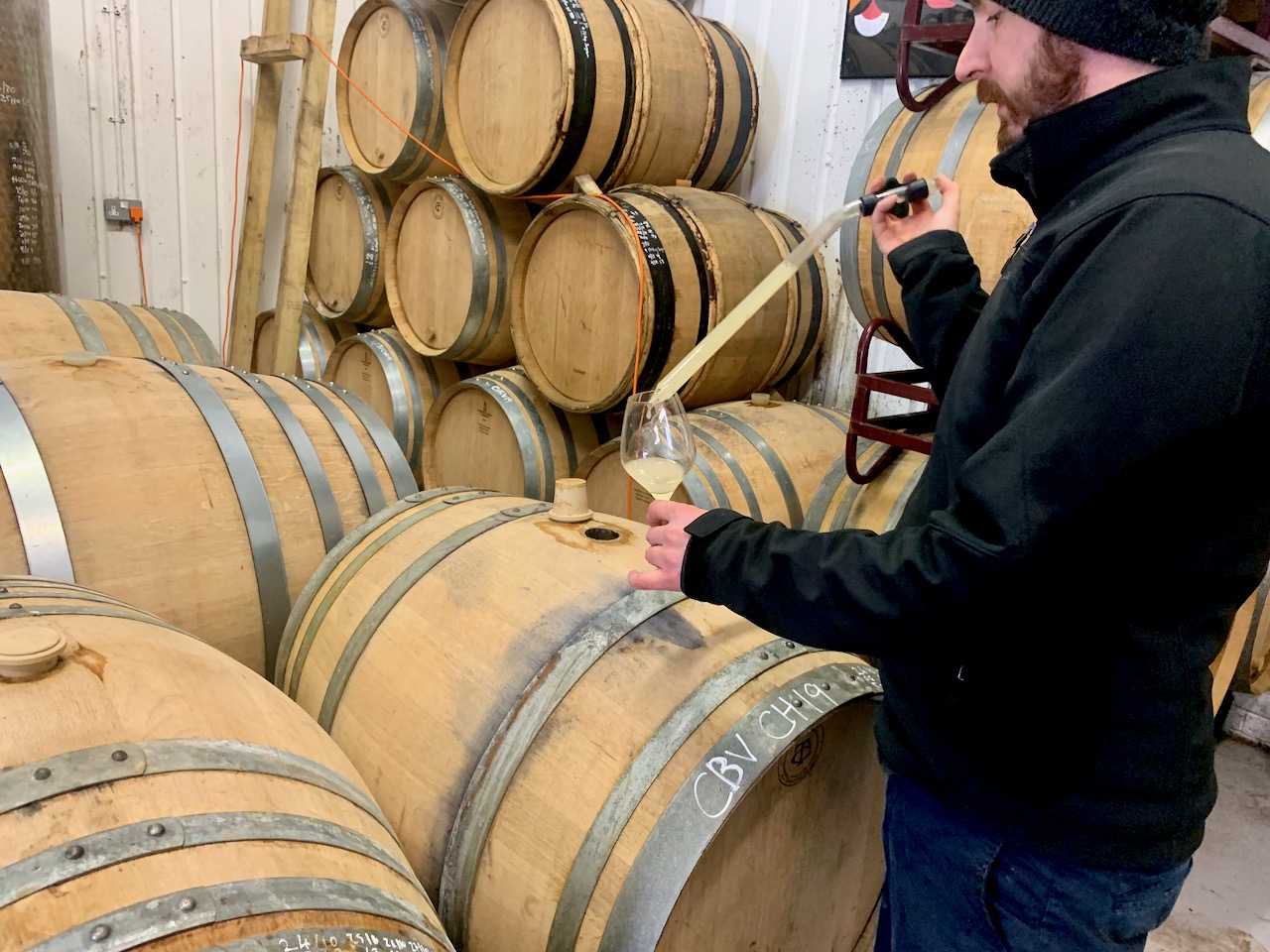
Sergio Verillo, winemaker at Blackbook, draws a sample from a barrel of 2019 Chardonnay.
The New Wave
On that note, we feel there’s an awful lot of interesting English wines currently being produced. From the ‘Most English of English Wines’ produced by Limeburn Hill in Somerset, through to Blackbook’s highly acclaimed ‘urban’ winery in Battersea or Ancre Hill’s biodynamic set up in Monmouthshire, we are genuinely excited by both the present and future of English and Welsh wine.
However, producing a plethora of well-crafted, unique terroir-driven wines alone will not necessarily generate success. The challenging climatic conditions do not suit the majority of grape varietals and those best-suited, such as Ortega, Richensteiner, Siegerrebe, are unfamiliar to the average wine consumer. Education, consumer sampling and a degree of trust in the retailer will be equally as important to the success of English wine as the quality of the product on offer. I feel that it’s our role, as the retailer and the one who has the most influence over the point of sale, that needs to educate and better-inform consumers and hopefully remove any perceived ‘risk’ in purchasing the wine.
There's only one way to learn...
Therefore, in the next few months, we’ll be releasing a series of short, focused virtual-tasting events highlighting the major topics around English & Welsh wine – from the introduction of lesser-known grape varietals through to the importance of varying types of micro climate and soil. We want to help explain the uniqueness of these wines, using not only English wines, but their global alternatives, in an attempt to highlight the minor intricacies that make English wine exciting.
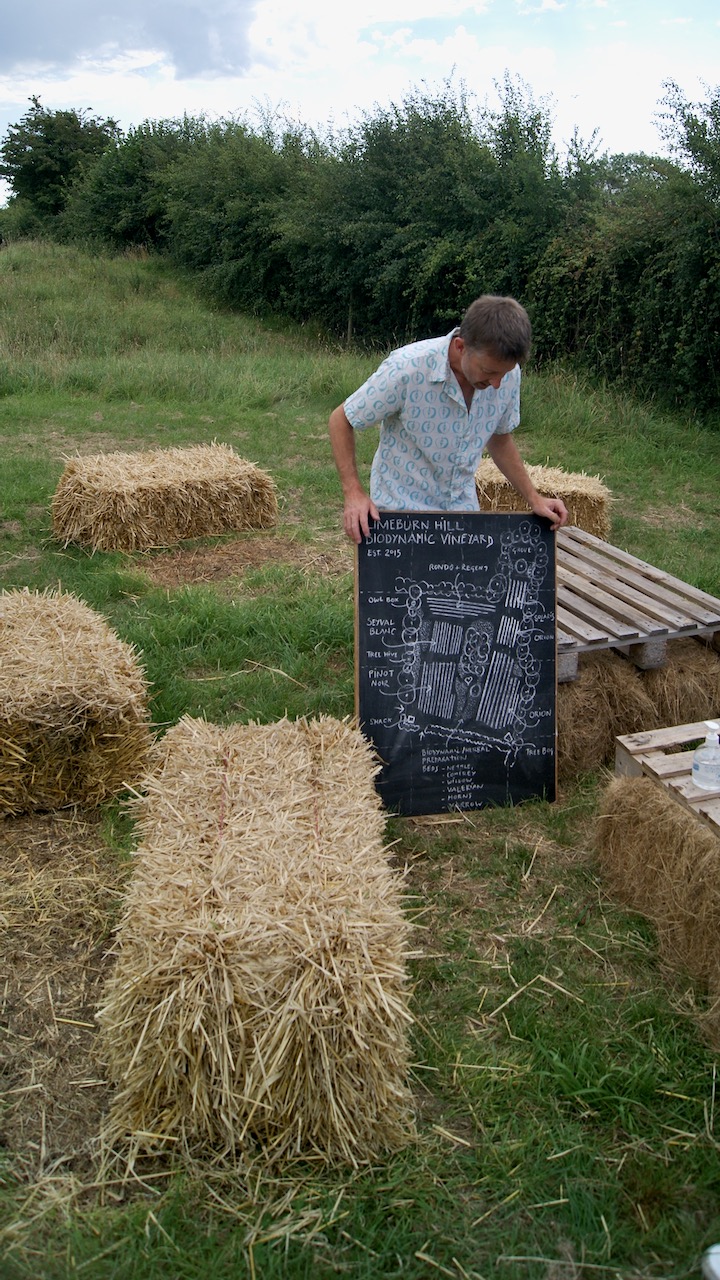
Robin Snowdon of Limeburn Hill shows a map of his biodynamic farmed vineyard just south of Bristol.
Secondly, and this may be just a ‘blip’ in our data, but we’ve noticed that last year the average age of visitors to our website, who search for both still and sparkling English wine, are of a slightly younger age profile than our average visitor. Now, we’re not reading too much into this at present, due to the sample size, but there’s a hypothesis that the growth of wine tourism in the UK *could* act as a lever to help engage a younger audience towards wine, to which we see many benefits to the entire wine trade from producers to retailers.
Having attended the WineGB conference on UK Wine Tourism a few weeks ago, we’re encouraged by the impact tourism could have on the local industry, with local vineyard visits helping to educate and change the perception or demystify both the production process and lesser-known grape varietals. As a result of the current COVID restrictions, it’s possible that the growth of UK-based holidays and experiences over the next 12 to 18 months could hugely benefit both local vineyards and subsequent retailers of their products. We hope that the current interest in English wine not only continues over the next few years, but accelerates rapidly and we want to be in a position to support the industry if this occurs.
Finally, there’s the impact that COVID has had on us as a business and how we’d like to operate going forward. Even though The Wine Library has been closed for over a year now, as an essential retailer, we were fortunate enough to be able to trade throughout the last 12 months when many other shops and hospitality businesses have been forced to close. I have witnessed first-hand the shift towards ‘localism’ – the public supporting smaller, local businesses rather than the larger national chains – and have benefited from this.
Proud supporters of English and Welsh wine
As a retailer, I’ve historically been focused on analysing and reacting to changes in consumer demand, ensuring we listen to our customers views and requirements and adjusting our range and price points accordingly. Having experienced the benefits of ‘localism’ over the past 12 months, I’d like to ensure that we in-turn seek to support our local wine industry, and perhaps be less reactive to consumer trends and more pro-active in attempting to influencing them. We therefore want to support our local producers who work tirelessly in their vineyards 365 days a year, with the constant worry of a spring frost or a wet harvest, limiting their future financial viability.
We no longer question the quality of English and Welsh wine, we’re now fully focused on ensuring that we pass our confidence onto you.





